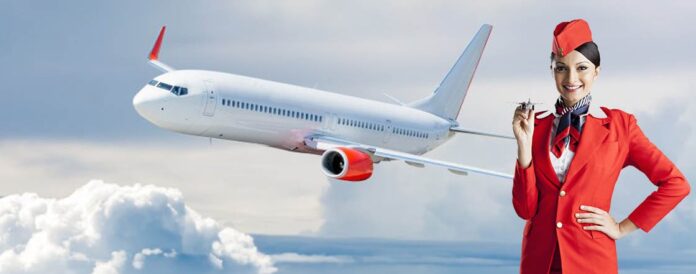Without a reason to suspect, humans are the most intelligent creatures on the planet. Engineering and technology advancements have impacted every aspect of daily life by increasing user comfort and productivity. The aviation industry marked a significant milestone in human history by transforming the world into a global village. Aviation improved overall business activities and increased productivity by providing excellent transportation services without compromising safety as it became more convenient for travellers to travel from one continent to the other in a single day.
Psychology, engineering, industrial design, statistics, operations research, and anthropometry all contribute to human factors science, which is a multidisciplinary field. It is a term that encompasses the science of comprehending the properties of human capability, the application of this knowledge to the design, development, and deployment of systems and services, and the art of ensuring the successful application of human factor principles in the aviation workplace.
Maintaining safety standards and improving efficiency are critical to the aviation industry’s long-term viability in a highly volatile operating environment. It is critical to comprehend all of the factors involved in the processes in order to improve overall productivity and operational efficiency. Humans work as flight crew, ground crew, maintenance crew, traffic controllers, janitors, cleaners, managers, and executives in the aviation industry. To operate a machine, user must first understand its capabilities and specifications. Similarly, understanding human limitations when interacting with aircraft systems and the environment in which the aircraft operates is absolutely essential. The functionality of sensing organs such as vision, hearing, touching, smelling, and tasting is critical to human senses. The human ear, for example, has a normal audible range of loudness of 0 to 180 dB. Anything above 85 decibels is considered harmful. As a result, no one should be within hearing distance of a running aircraft engine with an audible range of more than 85 decibels.
Human factors are crucial to control in aviation operations for the sake of safety. Human factors were responsible for 80% of all aviation accidents from 1903 to the present, according to the FAA. Given the safety concerns, this is a large number that must be kept under control for the aviation industry’s long term prosperity. Technical failures account for the remaining 20% of total accidents.
Human factors determine workplace performance due to mental, emotional, and physical states, as well as human capabilities, human limitations, the human-machine interface, and environmental conditions. For example, when designing an aircraft workshop, architects and planners ensure that the hangar is safe for equipment as well as that the surrounding environment is livable for humans. When technicians work in extreme cold or heat, they are more likely to make a mistake.
Human factors are used throughout the aviation industry, and employees are expected to stay current on the topic. It is a crucial subject for aircraft mechanics and flight crew.
The four most important components of a human factors programme are defined by the Pear Model of Human Factors.
People
Environment
Actions
Resources
People
People, or humans, are focused on this part. Four categories define the capabilities and limitations of people.
Physical
Physical size
Age
Sex
Strength
Sensory limitations
Psychological
Fatigue
Nutritional factors
Health
Lifestyle
Chemical dependency
Physiological
Workload
Experience
Knowledge
Training
Attitude
Emotional state
Psychological
Interpersonal conflicts
Environment
The second component of Pear model is environment, it includes physical and organizational environment. Physical environment refer to climate, lightness, humidity, noise, cleanliness, ambiance and, design of workplace. Organizational environment is all about the culture, communication, connectivity, productivity, leadership and mutual cooperation of the organization.
Actions
Effective human factors programmes examine all of the ways in which humans must take in order to accomplish a project effectively and smoothly. Many of the human factors issues that arise from the use of job cards and technical documents fall under the category of Actions. Specifications and checklists are accurate and usable only if they are clearly understood and documented.
Resources
It could be hard to distinguish resources from the other PEAR components at times. In general, the resources are influenced by the characteristics of the people, the eco system, and their actions. Tools, test equipment, computers, technical manuals, and other meaningful resources are available. Other resources are more ephemeral. The number and certifications of employees needed to complete a job, the amount of time allotted, and the channel of interaction between the crew, supervisors, vendors, and others are just a few examples. The term resources should be used in a broad sense. A resource is anything or someone who is required to complete a task.
Human factors must be adhered to and personnel must be trained by every airline, MRO, ground handling agency, and other department involved in aircraft operations. Safety Management System SMS is required to be implemented in all aviation industry departments to reduce the impact of human factors. https://businessfig.com/







